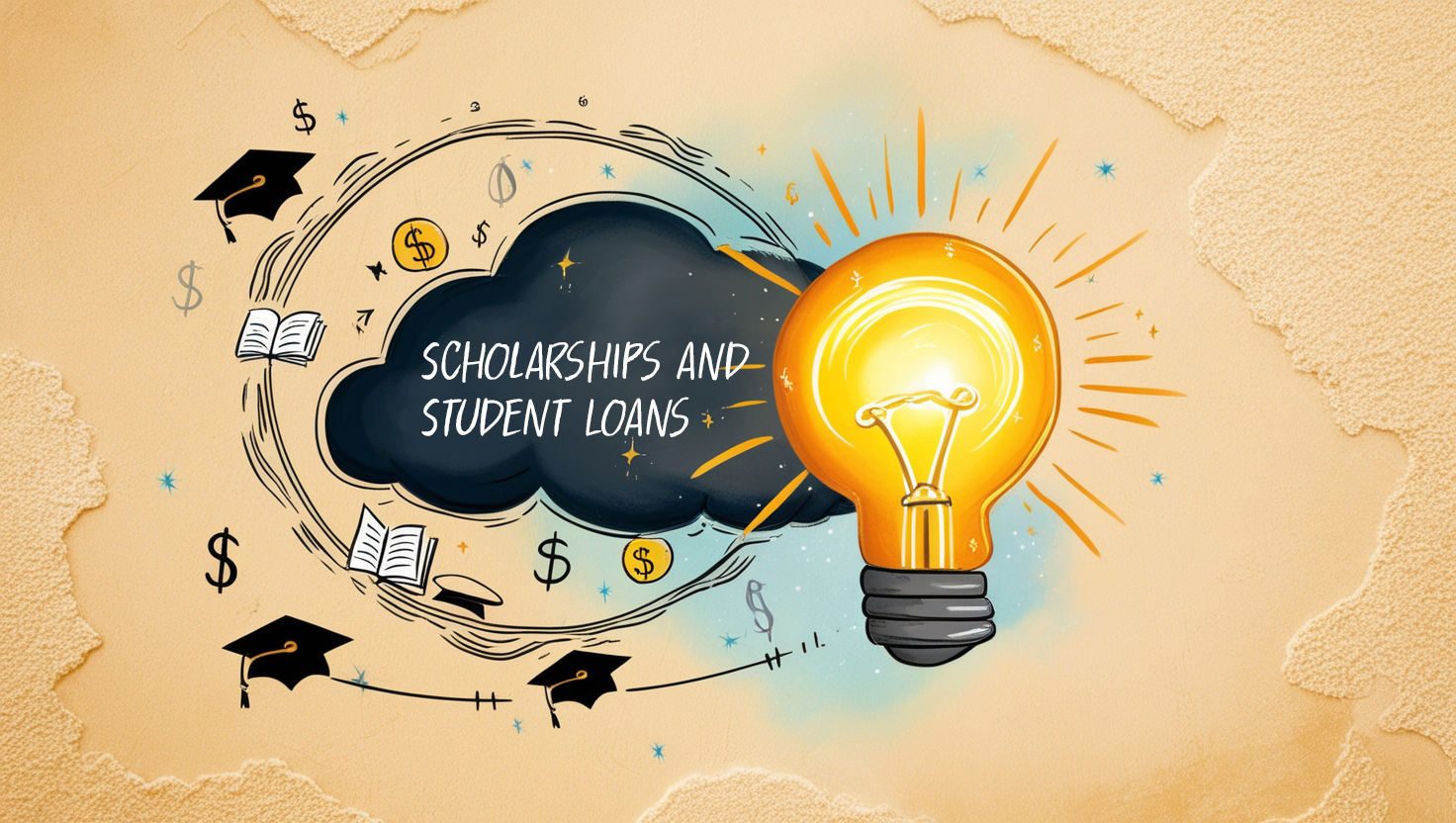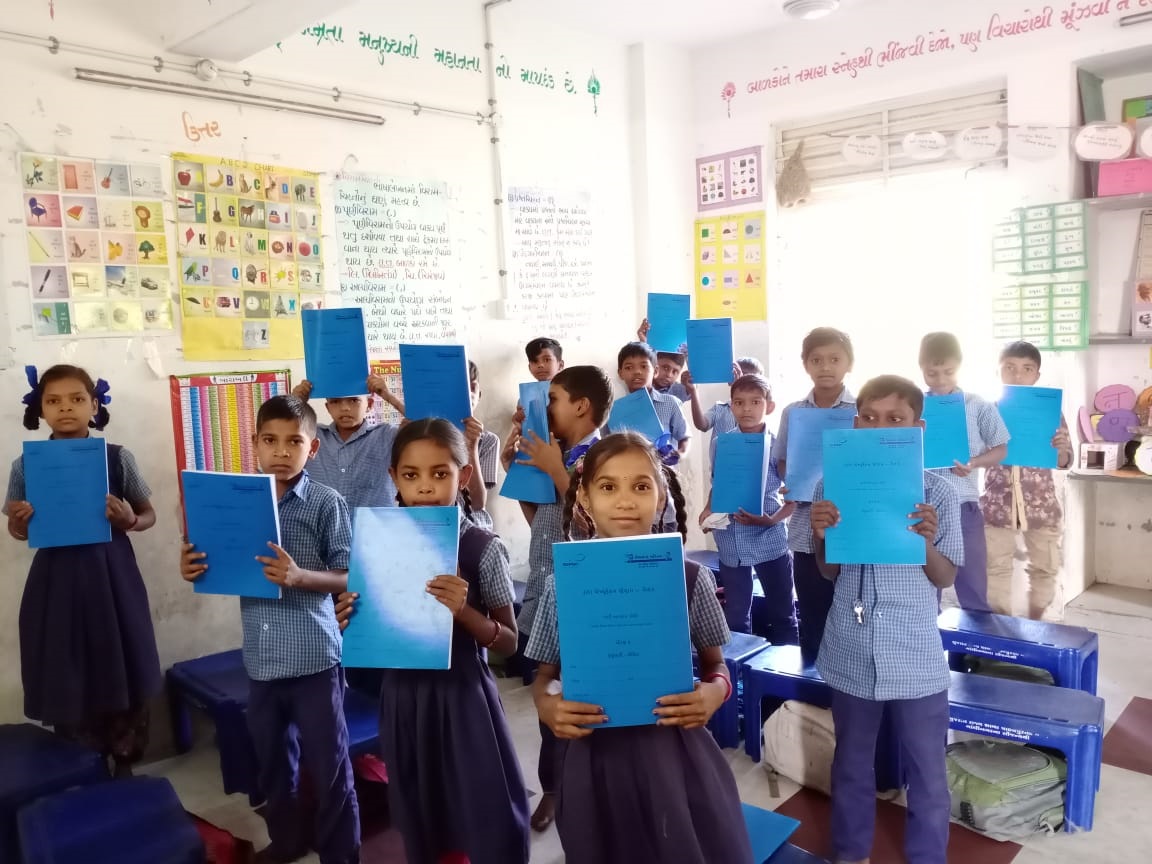Loading...
India, a nation of over 1.42 billion people, stands at the forefront of addressing complex and pressing global challenges, including poverty, inequality, and environmental sustainability. At the core of India's sustainable development journey lies Sustainable Development Goal 4 (SDG 4): Quality Education. In this blog, we will explore the critical role of SDG 4 and how it has been instrumental in propelling progress across various other sustainable development goals (SDGs) from 2020 to 2023. Quality Education in India: A Transformative Forces SDG 4: Quality Education is more than just a goal; it's a powerful catalyst for achieving broader sustainable development objectives in India. Let's delve into some key areas where SDG 4 has made a significant impact: 1. Eradicating Poverty (SDG 1): India's focus on quality education aligns with SDG 1 (No Poverty) by empowering individuals with the skills and knowledge needed to break the cycle of poverty. As of 2021 India’s poverty rate has significantly declined by 9.89 percentage points since 2015-2016. 2. Gender Equality (SDG 5): Gender disparities have long been a challenge in India. SDG 4 plays a pivotal role in addressing this issue by ensuring equal access to education. In 2020, India witnessed a significant increase in female literacy rates, reaching 73.5%, a promising step towards gender equality (SDG 5). 3. Clean Water and Sanitation (SDG 6): Education fosters awareness about the importance of clean water and proper sanitation practices. In 2022, India's increased emphasis on hygiene education led to improved sanitation access for millions, contributing to SDG 6. 4. Reduced Inequalities (SDG 10): SDG 4 serves as a cornerstone in reducing inequalities by providing marginalized communities with access to quality education. India's efforts in this direction have led to a decline in wealth inequalities, with the Gini coefficient decreasing from 35.9 in 2020 to 34.6 in 2023. 5. Climate Action (SDG 13): Climate education, a component of SDG 4, equips individuals with the knowledge to address climate change. India's initiatives have resulted in increased climate literacy and greater public participation in climate action, aligning with SDG 13. 6. Decent Work and Economic Growth (SDG 8): An educated workforce is vital for economic growth. India's focus on quality education has led to higher productivity and better employment opportunities. As of 2023, India has witnessed a 7.5% annual GDP growth rate, partly attributed to SDG 4's impact on SDG 8. 7. Partnerships for the Goals (SDG 17): Achieving SDG 4 necessitates collaboration between government, businesses, civil society, and educational institutions. India's partnerships in education have set a precedent for fostering collaborations and achieving SDG 17. In India, SDG 4: Quality Education has emerged as a linchpin for sustainable development. From reducing poverty and inequalities to promoting gender equality and environmental awareness, SDG 4 paves the way for progress across multiple SDGs. As India continues to prioritize and invest in quality education, it takes significant strides toward a sustainable and prosperous future for its citizens and the world. The journey may be ongoing, but the impact of SDG 4 on India's sustainable development story is undeniable, creating a brighter future for all.












